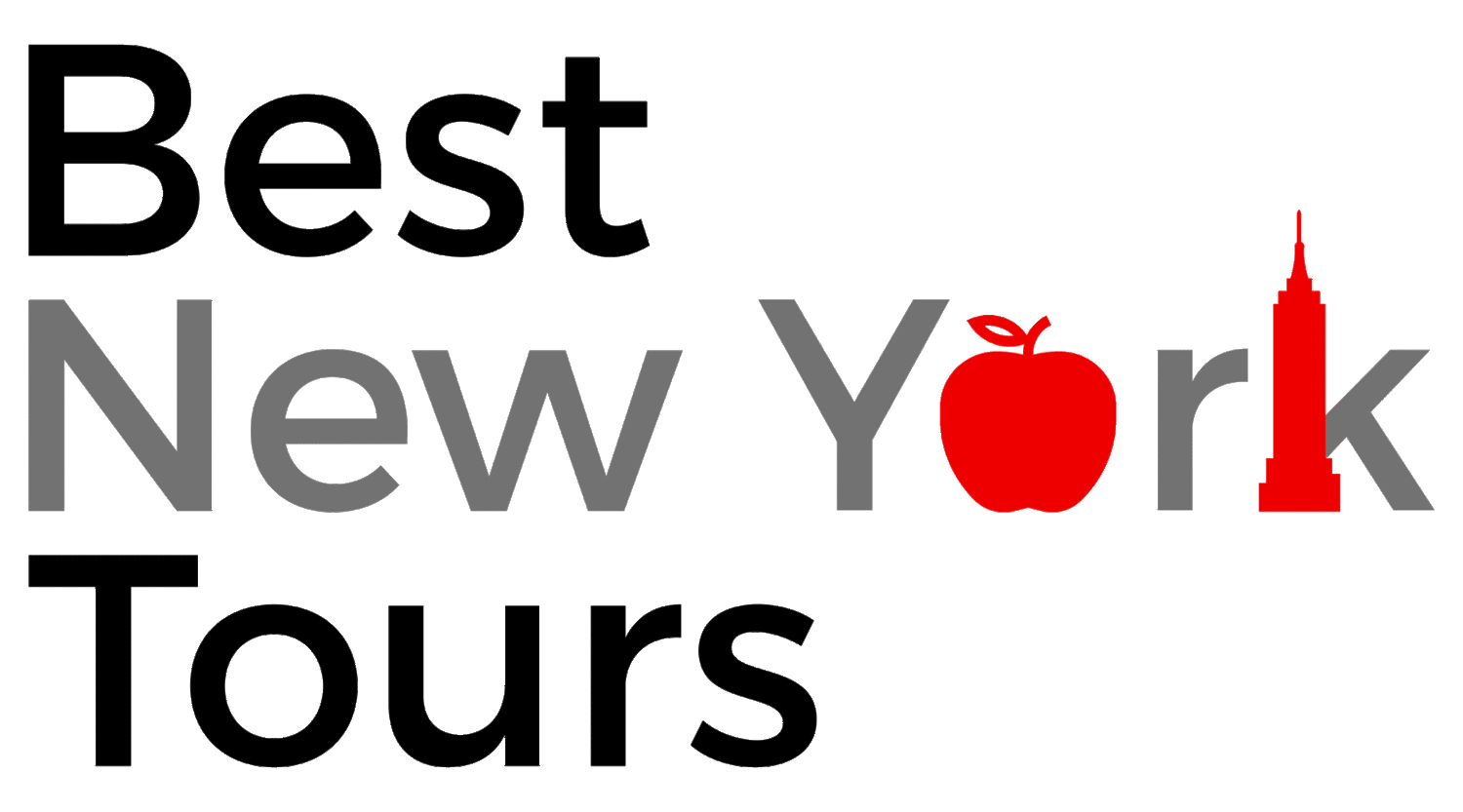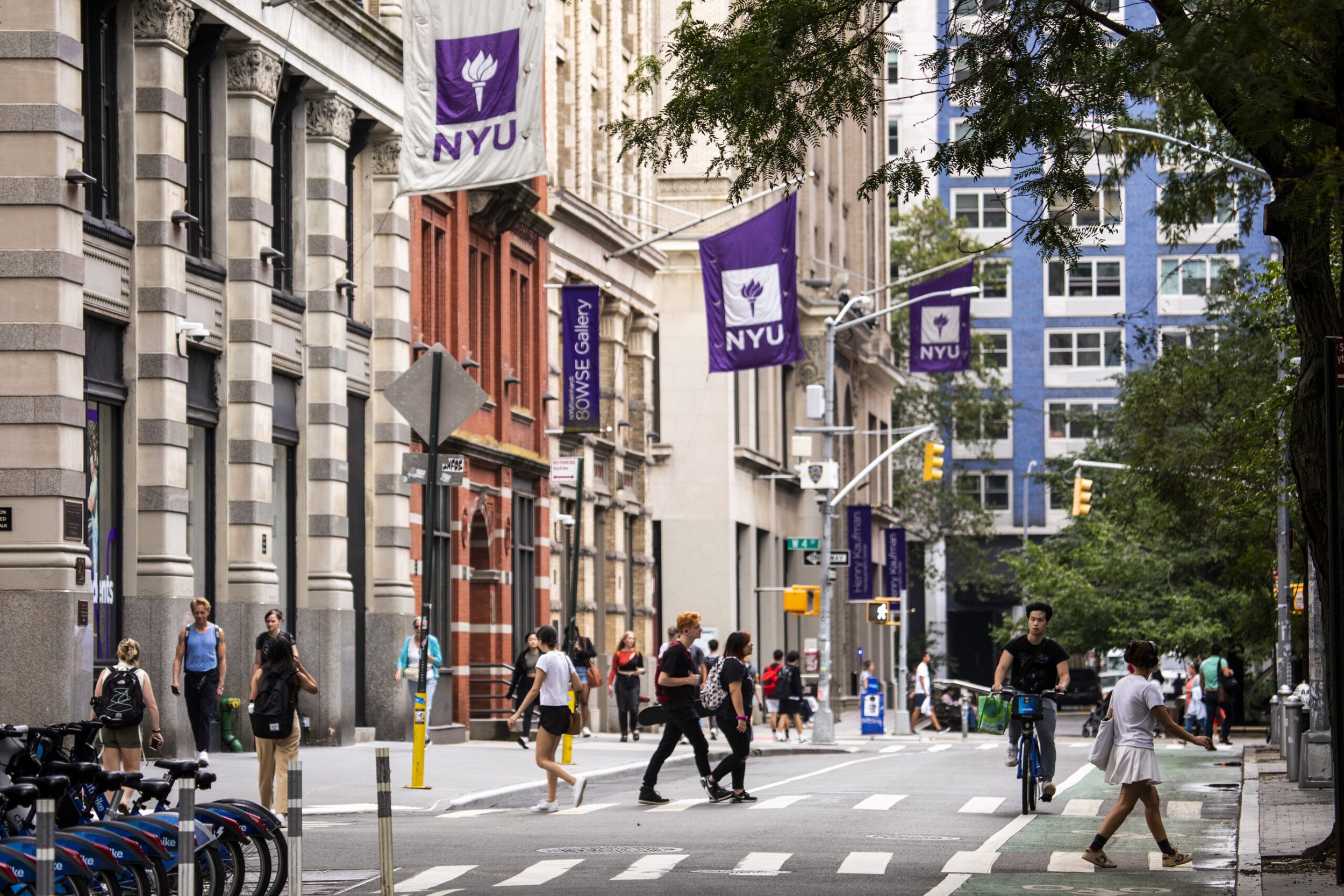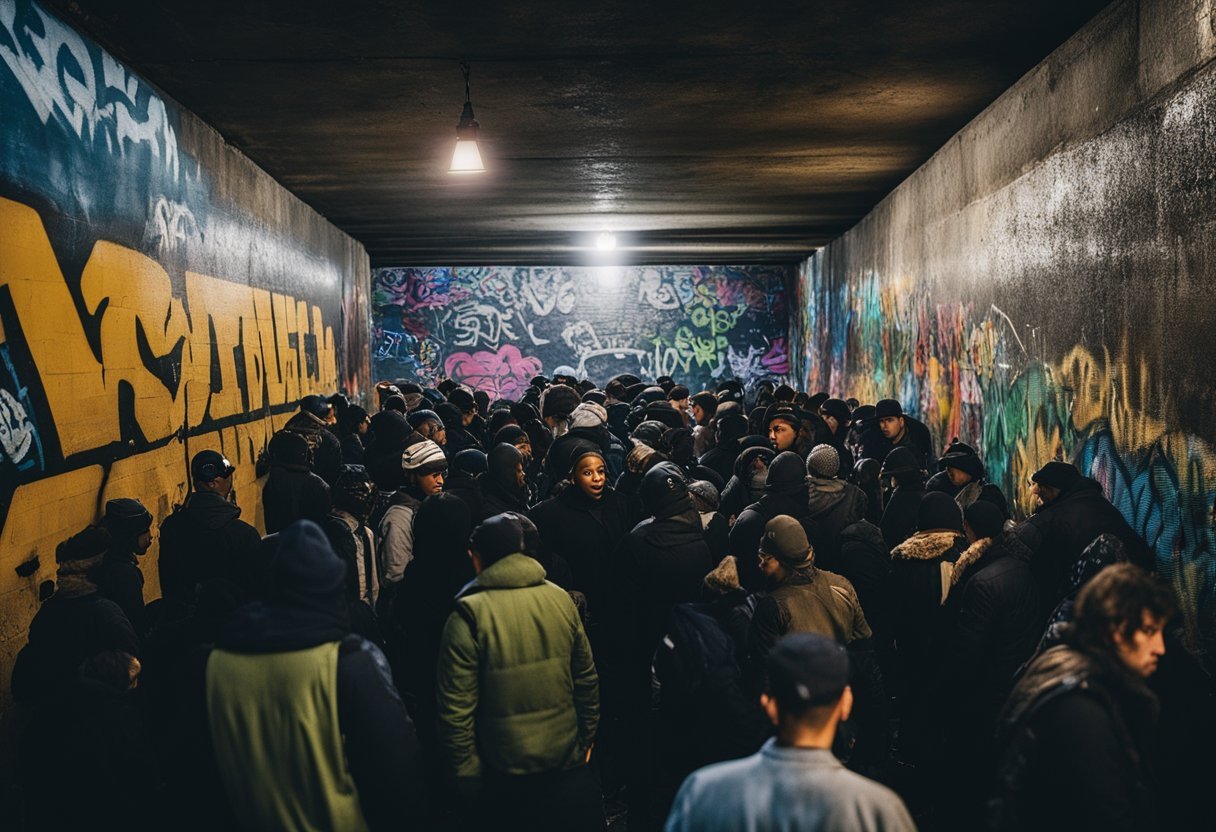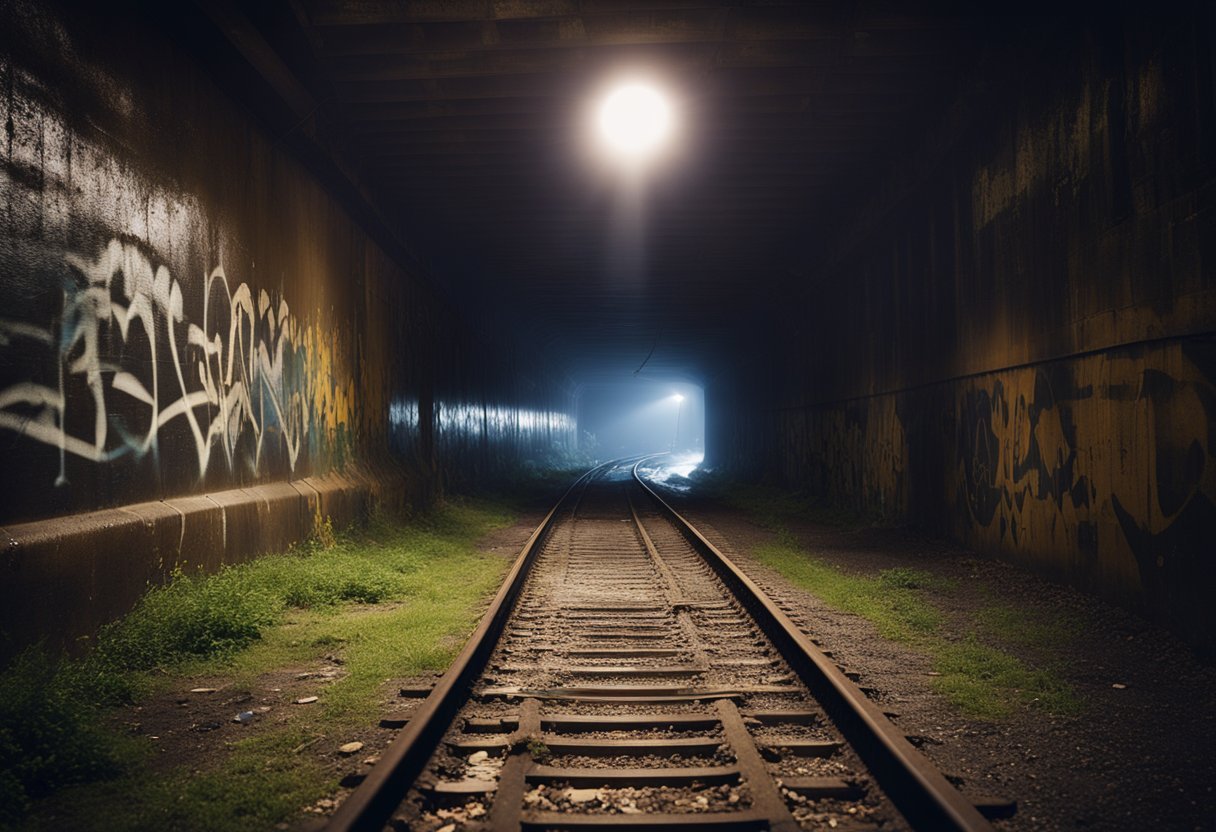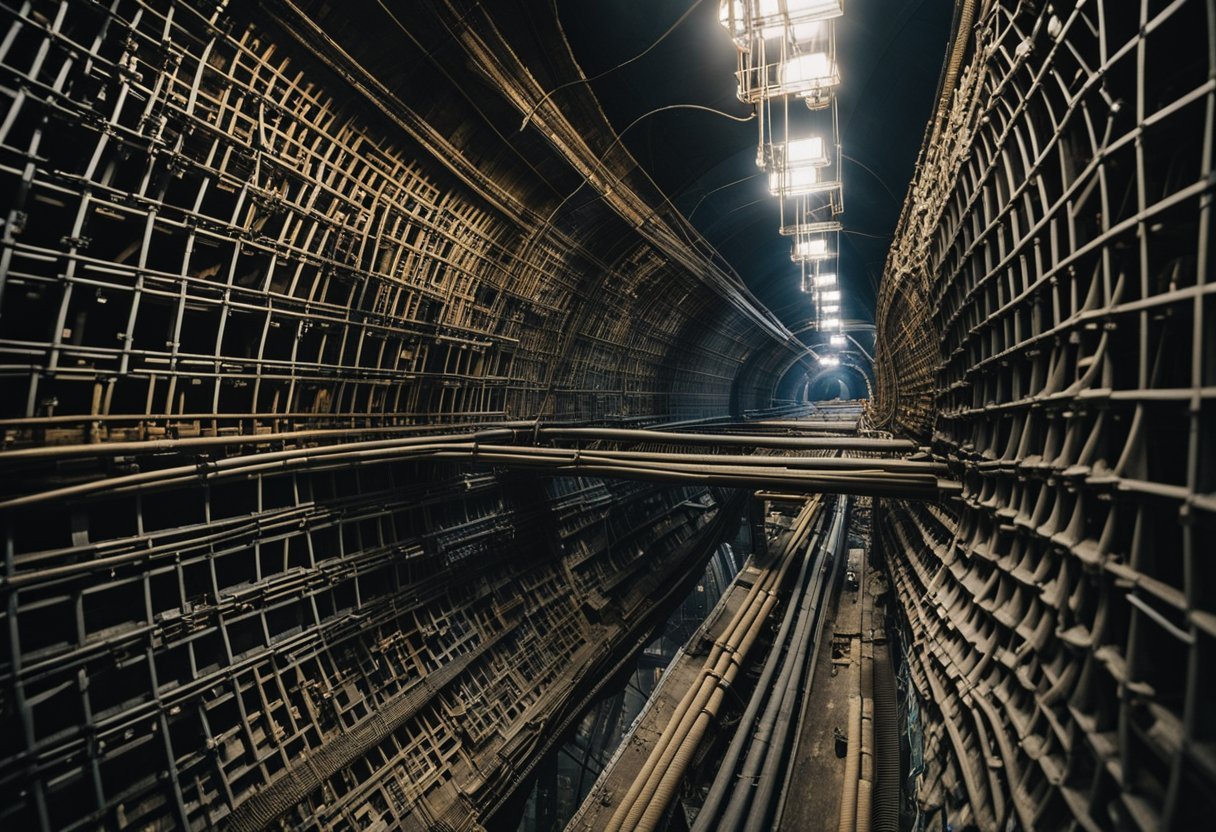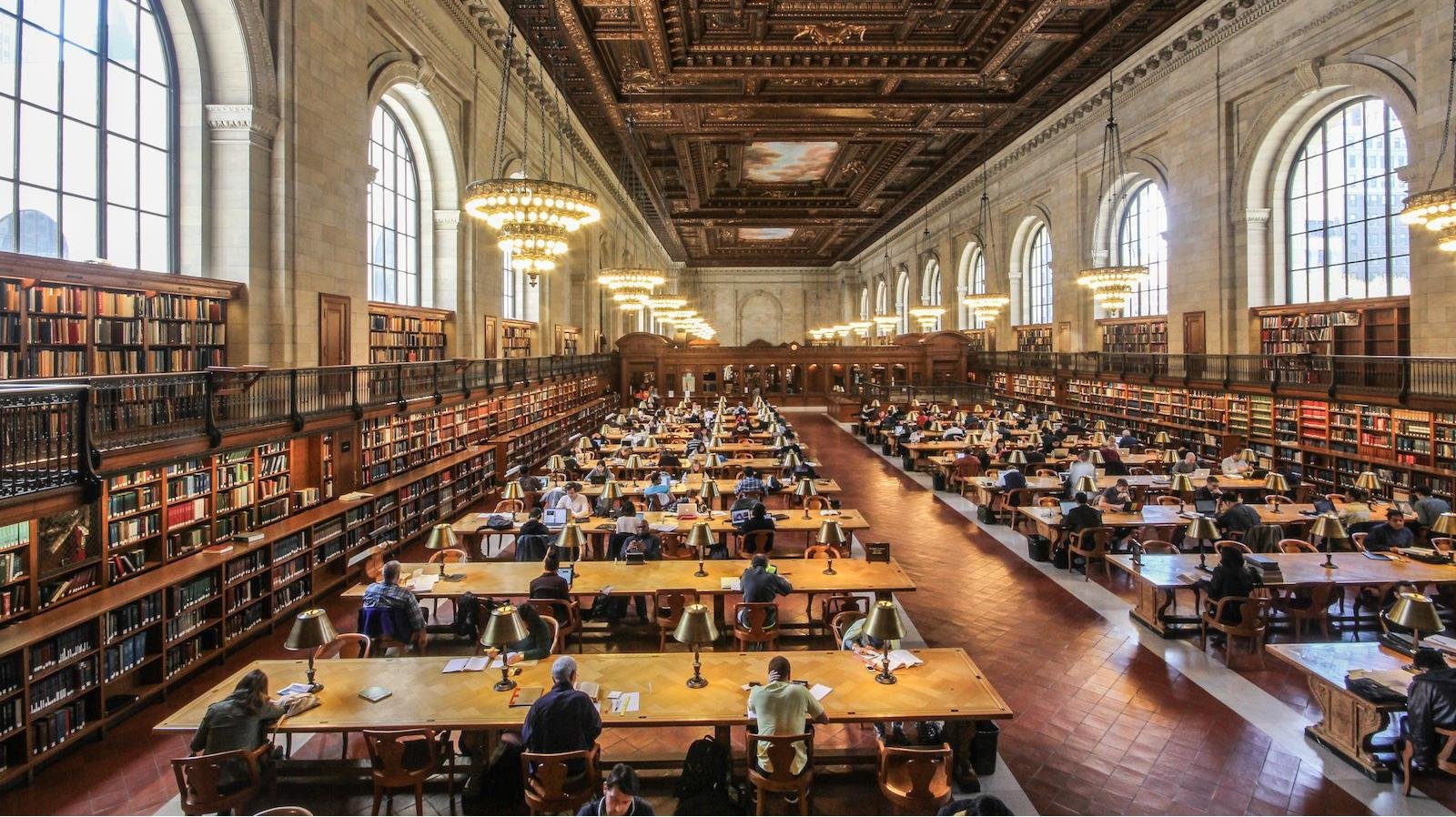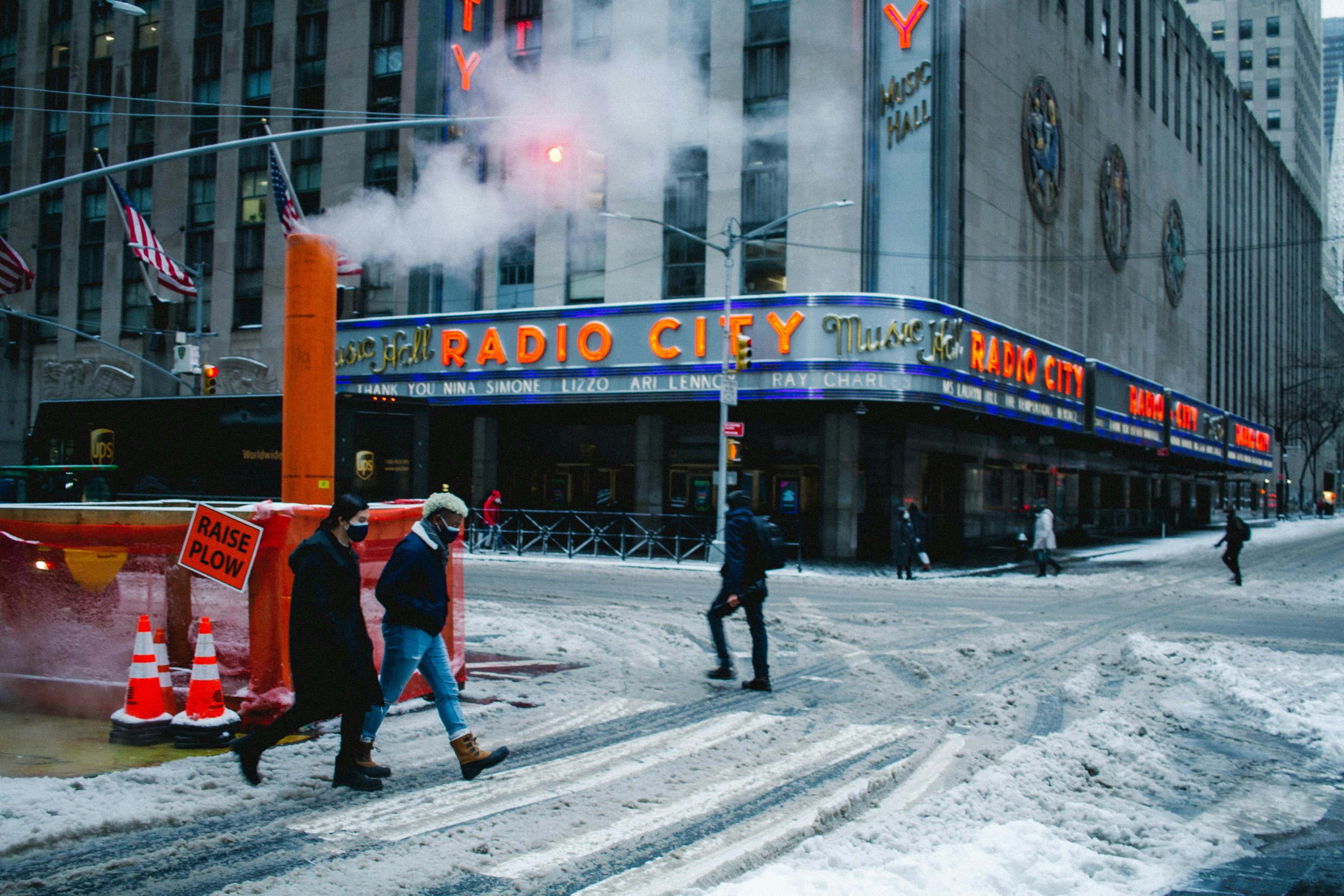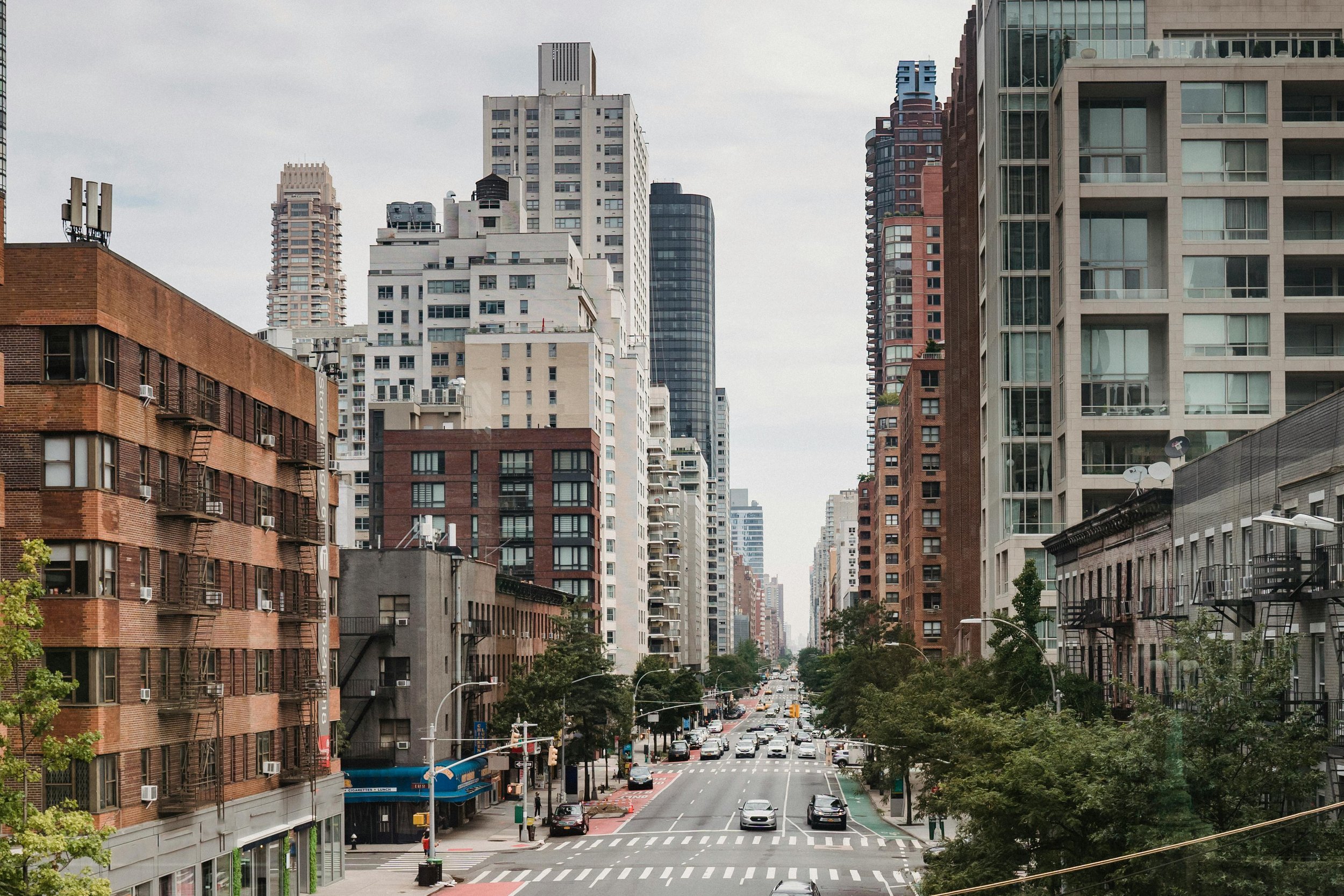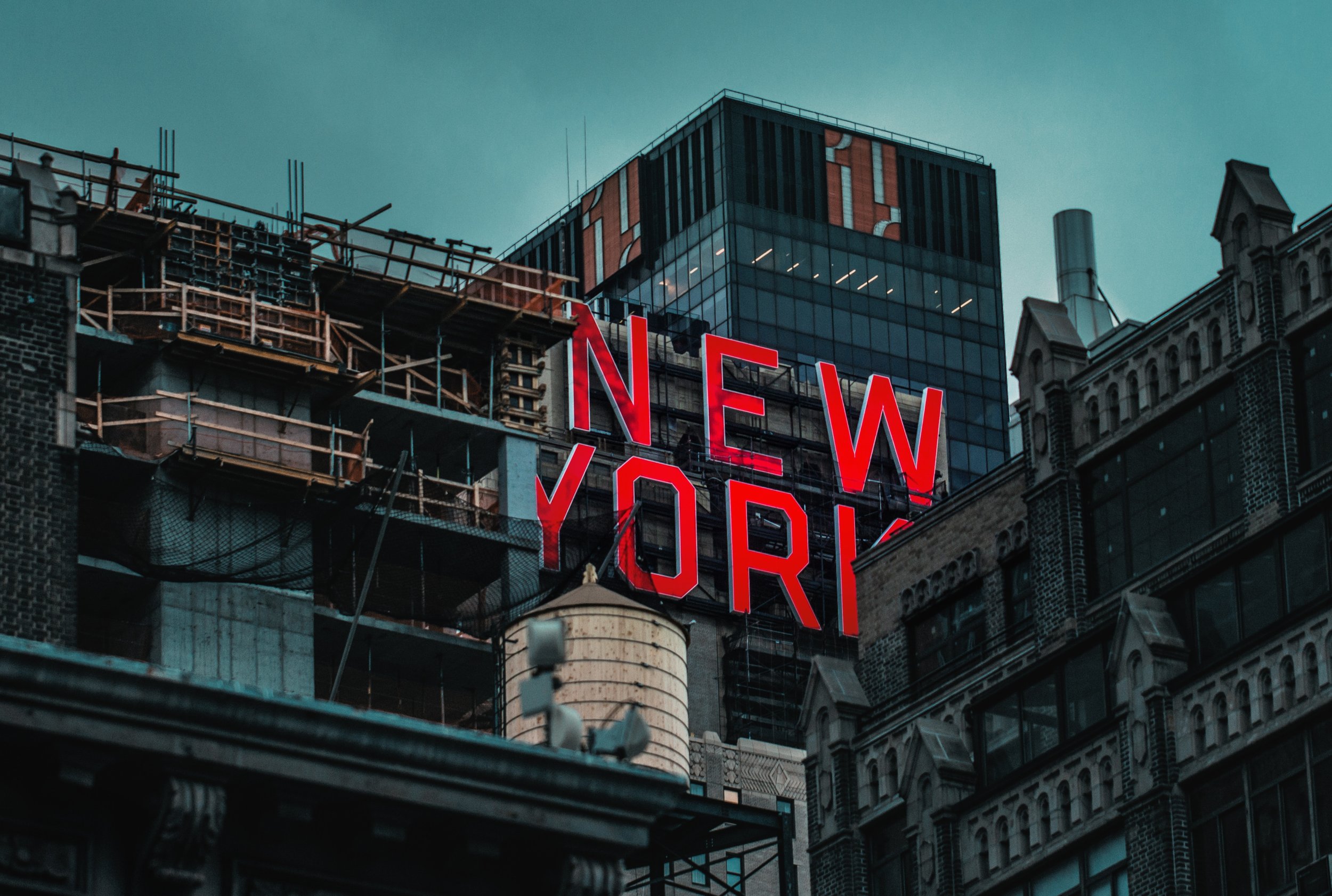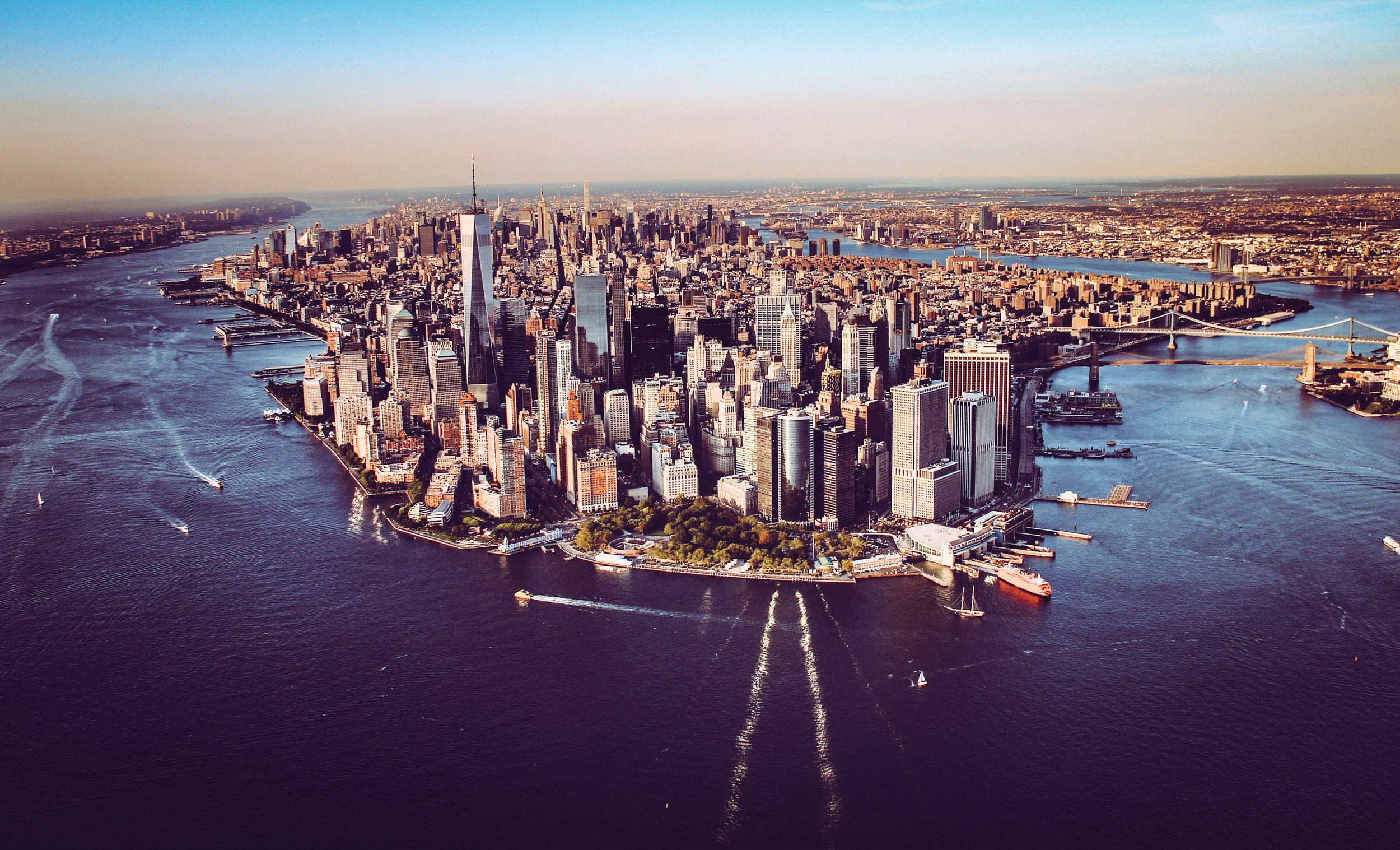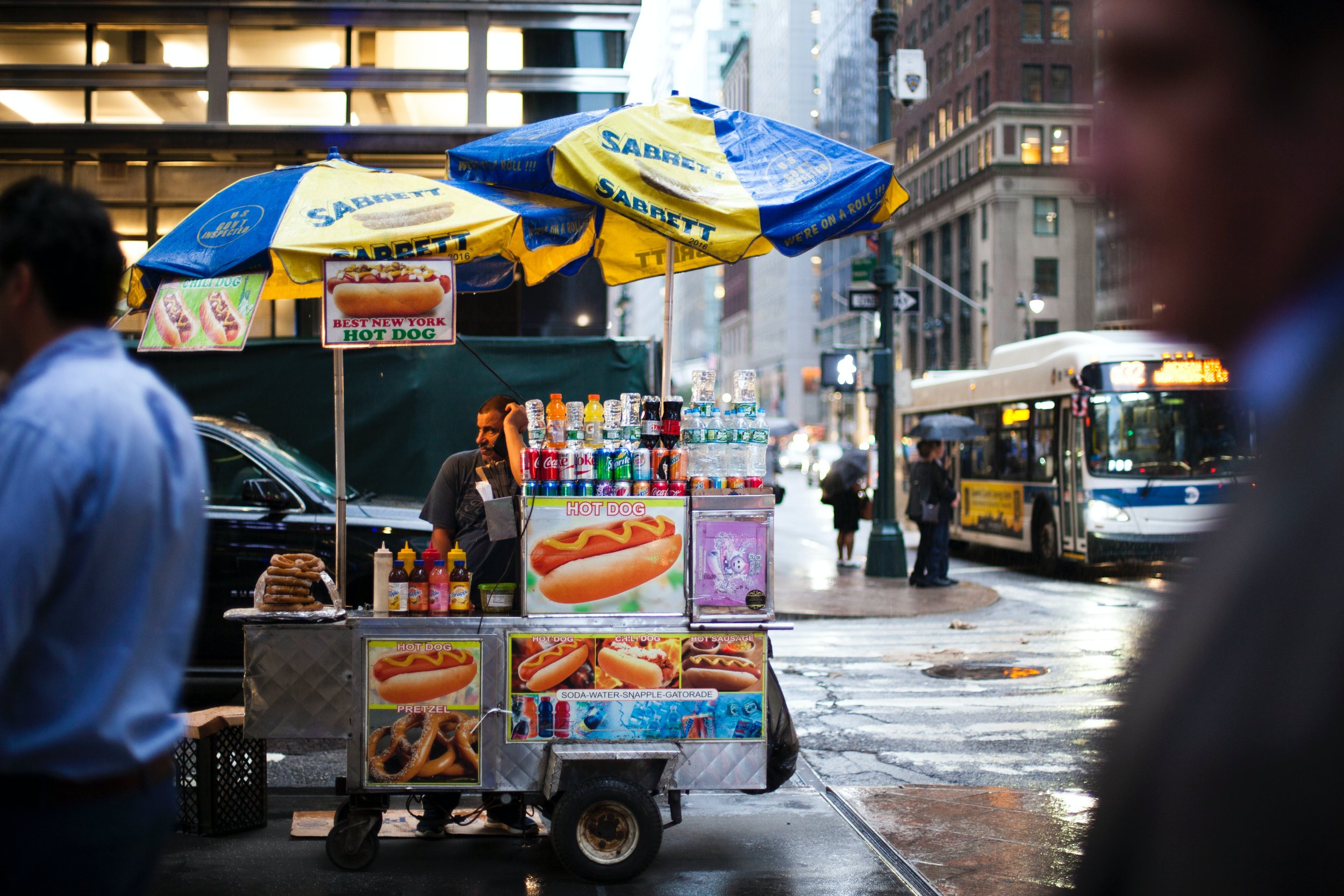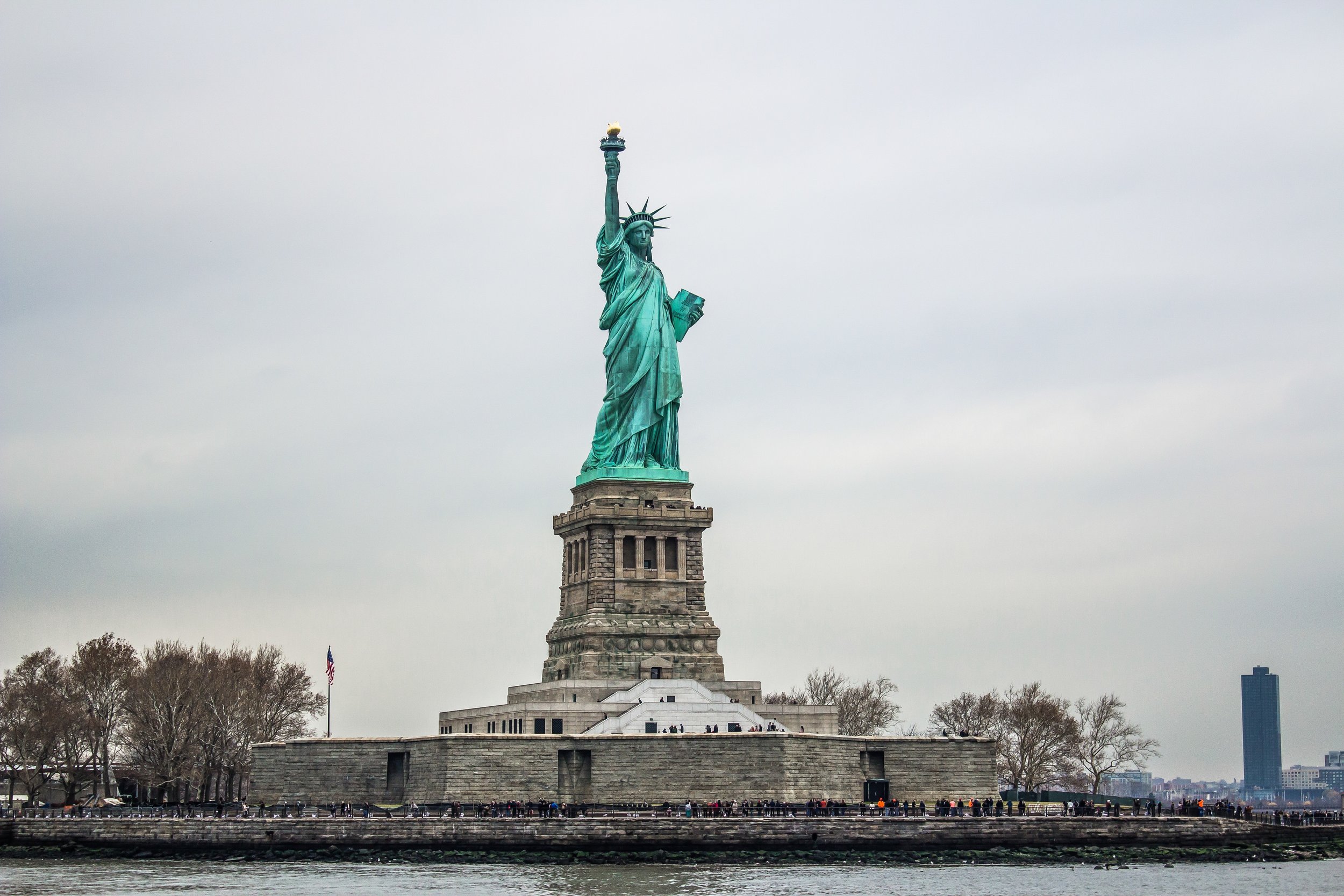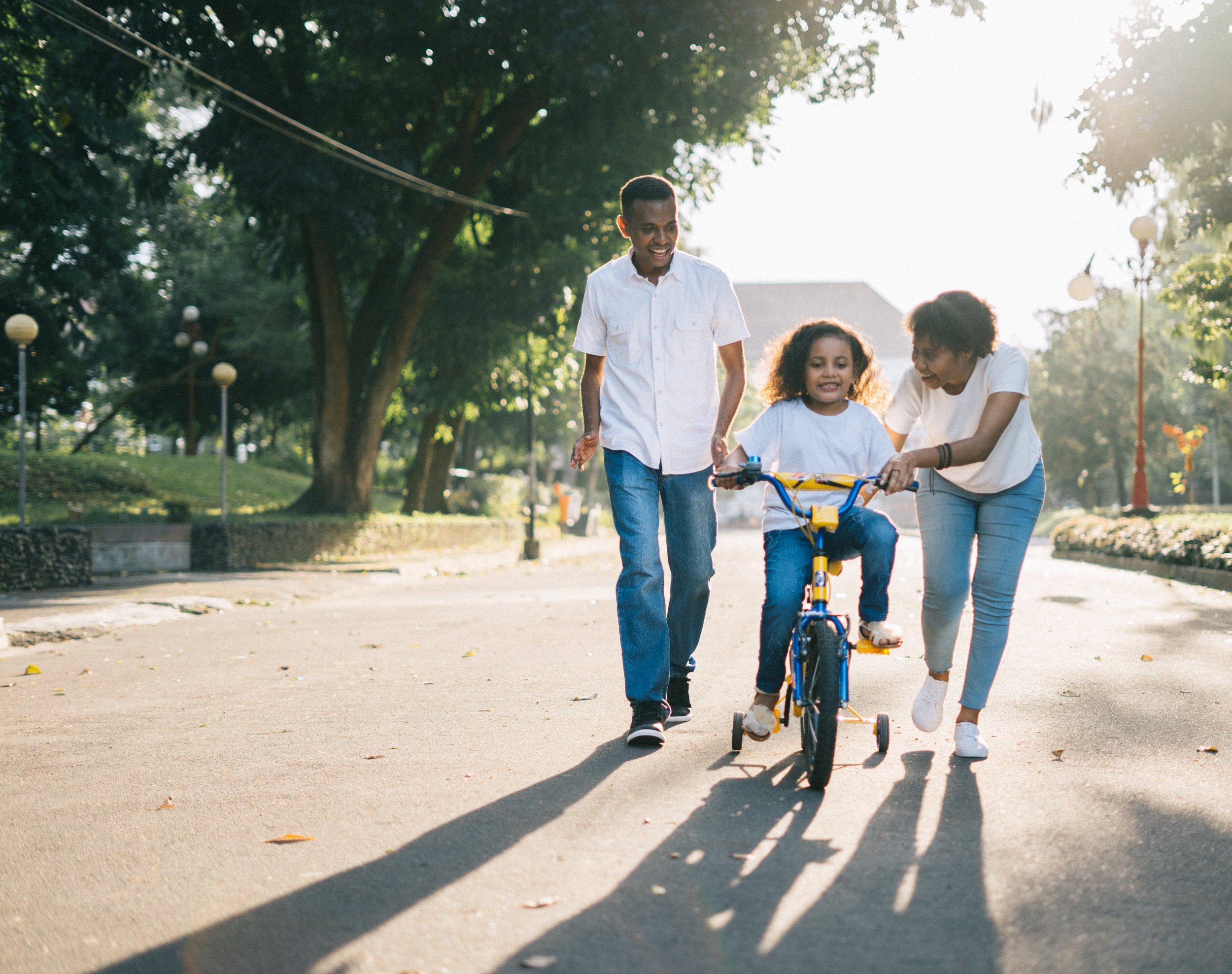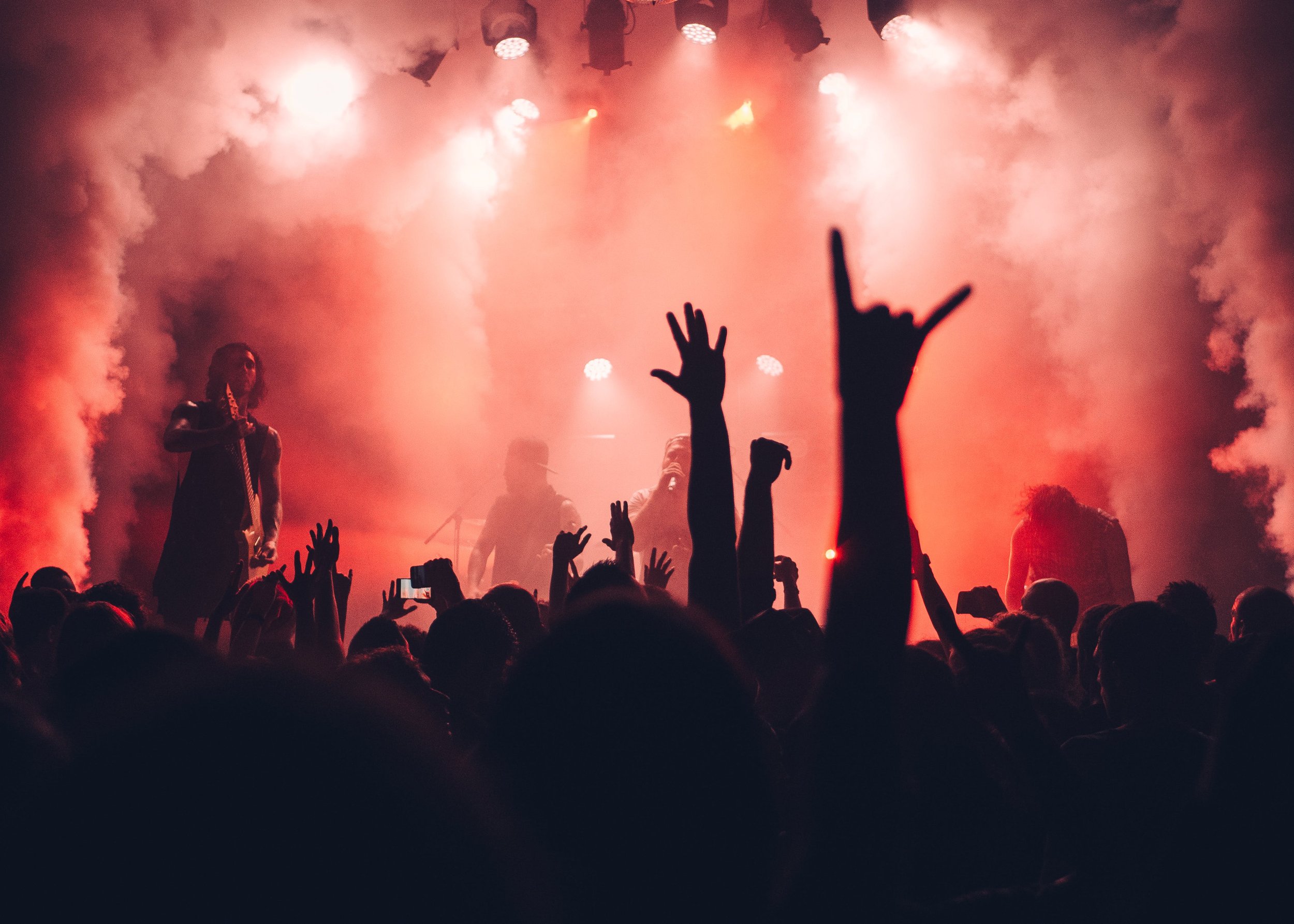The leading public preparatory schools in New York City are distinguished by several key features that contribute to their reputation and students' success. These schools offer a spectrum of opportunities and resources, emphasizing rigorous academic programs, a breadth of extracurricular activities, and a staff comprised of experienced educators.
Academic Excellence
Stuyvesant High School and Bronx High School of Science are notable for their strong emphasis on STEM (Science, Technology, Engineering, and Mathematics) with extensive Advanced Placement (AP) course offerings. These institutions foster an environment where academic rigour is the norm, and students are regularly accepted into prestigious universities.
Hunter College High School also excels academically, particularly in the humanities, offering unique seminars that delve into topics such as constitutional law and ethics.
Extracurricular Opportunities
Top public prep schools provide a wide array of extracurricular activities, which are crucial for holistic development. Brooklyn Latin School, for instance, integrates the International Baccalaureate (IB) program, which includes components like the Creativity, Activity, and Service (CAS) project encouraging students to engage with their communities.
Clubs and Teams: Debate, Chess, Robotics
Performing Arts: Theater, Choir, Orchestra
These activities complement the traditional curriculum and help students develop a well-rounded set of skills and interests.
Expert Teaching Staff
The faculty at these schools are often leaders in their respective fields, holding advanced degrees and contributing to educational research. For instance, teachers at The Beacon School emphasize interdisciplinary learning, which allows students to see connections across subjects.
Mentorship programs and opportunities for individual research under the guidance of these educators further embellish the learning experience, demonstrating the commitment of these schools to cultivate intellectual curiosity and expertise.
Rankings and Recognitions
The performance of public preparatory schools in NYC is often highlighted through various national and state rankings, as well as through a set of defined criteria that lead to recognitions.
National and State Rankings Explained
National and state rankings provide a snapshot of a school's performance relative to others on a variety of factors such as test scores, college readiness, and graduation rates. National rankings assess schools across the entire United States, while state rankings compare schools within New York itself. These rankings are typically released annually by respected educational organizations and publications.
For instance, a notable ranker is U.S. News & World Report, which publishes a list of top high schools nationally and by state. The rankings are based on data that includes Advanced Placement (AP) participation rates, state assessment proficiency, graduation rates, and performance of underserved students.
Recognition Criteria and Impact
Recognition criteria for public preparatory schools often encompass academic achievements, extracurricular involvement, and the effectiveness of the institution's faculty and administration. Recognitions can take various forms such as awards, titles, or certifications conferred by educational authorities or independent bodies.
The impact of such recognitions is multifold. They can enhance a school's reputation, boost morale among stakeholders, and contribute to a school's ability to secure funding or partnerships. Schools often publicize these accomplishments through press releases and on their websites, signaling their commitment to excellence in education.
Specialized High Schools in NYC
Specialized high schools in New York City are renowned for their rigorous academic programs and competitive admissions processes. These institutions provide a focused education primarily in STEM (Science, Technology, Engineering, and Mathematics) and are intended for students who excel academically.
Stuyvesant High School
Stuyvesant High School, located in Lower Manhattan, has an esteemed reputation for excellence in mathematics and science. The school boasts a diverse range of advanced placement courses and extracurricular activities. Admission: based on the Specialized High Schools Admissions Test (SHSAT).
Bronx High School of Science
Situated in the Bronx, this prestigious school is known for producing Nobel laureates and offers an extensive array of science, math, and technology courses. The school also emphasizes research and experimentation. Admission: SHSAT scores are required.
Brooklyn Technical High School
Brooklyn Technical High School is one of the largest specialized high schools in the country, offering a wide variety of majors including engineering, architecture, and computer science. The school's facilities are particularly notable, featuring specialized laboratories and workshops. Admission: SHSAT performance.
Townsend Harris High School
Located in Queens, Townsend Harris High School focuses on the humanities, offering a strong liberal arts curriculum rooted in the classics and philosophy. Despite its humanities focus, it provides a solid STEM education. Admission: includes a review of academic records and an essay, in addition to exam scores.
Queens High School for the Sciences
Also in Queens, this specialized high school is situated on the campus of York College and offers a rigorous curriculum with an emphasis on science and mathematics. Students have access to college-level resources and facilities. Admission: contingent on SHSAT outcomes.
Geographical Distribution and Access
New York City's top public preparatory schools are well-represented across the five boroughs, offering parents and students various accessible options. This ensures that highly-regarded education is not just confined to one particular area, allowing for a diverse range of students from different parts of the city to attend these prestigious institutions.
Schools Across Boroughs
The Bronx: This borough hosts a number of excellent preparatory schools, such as the Bronx High School of Science, which is renowned for its rigorous STEM curriculum.
Brooklyn: Brooklyn Technical High School is one of the largest high schools in the United States and is part of the specialized high schools in NY, focusing on engineering, mathematics, and science.
Manhattan: Stuyvesant High School, located in lower Manhattan, is another specialized high school with a focus on mathematics and science.
Queens: Queens High School for the Sciences at York College is part of the elite group of specialized high schools in the city, with strong emphasis on the sciences and mathematics.
Staten Island: Staten Island Technical High School offers an advanced curriculum in science, mathematics, and engineering, similar to its specialized high school counterparts in other boroughs.
Transportation and Accessibility
Public preparatory schools in NYC are generally located in areas that are well-connected by the city's public transportation system. Each borough offers a range of buses and subway lines that facilitate students' commute to and from school.
The Bronx: Served by multiple subway lines including the B, D, and 4 trains, enabling easy access to its top schools.
Brooklyn: Accessibility is provided via numerous subway options like the A, C, and F lines.
Manhattan: Stuyvesant High School is situated near significant subway hubs, with the 1, 2, 3, and A trains providing convenient transportation.
Queens: The E, J, and Z subway lines, along with several bus routes, serve the area, making schools here reachable for students.
Staten Island: While more isolated, the Staten Island Railway and multiple bus lines connect students to the rest of New York City.
Demographics and Diversity
New York City's top public preparatory schools reflect the city's dynamic demographic composition, with a wide range of cultural, ethnic, and socioeconomic backgrounds.
Cultural and Ethnic Representation
In the top public preparatory schools in NYC, the student population often mirrors the city's broad ethnic and cultural diversity. Asian, Hispanic, Black, and White students are commonly represented, creating a rich tapestry of backgrounds. Information about these demographics can enhance our understanding of how cultures contribute to the city's character, like the cultural diversity outlined in an overview of New York City’s demographics.
Asian: Ranges from East, Southeast, to South Asians
Hispanic or Latino: Originates from countries like Mexico, Puerto Rico, Cuba, and many others
Black or African American: Includes students with heritage from various parts of Africa, the Caribbean, and African American culture
White: Encompasses both non-Hispanic whites and those of European descent
The proportions of each ethnicity vary by school, but collectively, these institutions promote multiculturalism and understanding among young learners.
Socioeconomic Factors
The socioeconomic landscape within these schools is just as varied as the cultural one. Although admission to these schools is typically merit-based, the students come from a broad spectrum of economic backgrounds, which influences both the challenges and opportunities they face within their educational environments.
Economically Disadvantaged: A segment of students qualified for free or reduced-price lunch programs
Affluence: Some students come from areas with higher average incomes, providing a different set of educational resources and support
This socioeconomic diversity is critical in shaping the experiences and perspectives that students bring to the classroom and can significantly affect their educational outcomes.
Academic Programs and Outcomes
Top public preparatory schools in NYC are renowned for their rigorous academic programs that consistently yield outstanding outcomes in reading proficiency, writing skills, and graduation rates. They offer a comprehensive environment tailored for college preparation and readiness, with a significant number of students performing in the top 5% academically.
Comparing Academic Performance
Reading Proficiency: Students at these preparatory schools often exceed the citywide average for reading proficiency. A comparative table of reading scores indicates a higher percentage of students at proficiency or above.
Writing Skills: Writing instruction is a pivotal component of the curriculum, with a solid track record of students excelling in this area. Educational outcomes in writing are evidenced by their top-tier performance in state assessments and writing competitions.
College Preparation and Readiness
Graduation Rate and College Admission: These schools report graduation rates near 100%, with the majority of graduates being accepted into prestigious colleges and universities. Students have access to advanced placement courses and college counseling services, significantly increasing their readiness for higher education.
Performance in Academics: A high percentage of the student population at these schools demonstrates exceptional academic performance, with many ranking in the top 5% nationally. The rigorous academic environment fosters a culture that is conducive to academic excellence.
Families and Community Engagement
In New York City's top public preparatory schools, the involvement of families and the broader community is considered central to student success. These schools have structured programs that promote active engagement through various channels.
Communication and Collaboration Schools employ regular newsletters and digital platforms to keep families informed. Parent-teacher conferences and community forums facilitate collaborative dialogue. They ensure transparency and provide opportunities for parents to voice concerns and contribute to school development.
Parental Involvement Parents often participate in:
School governance through PTA and advisory committees
Fundraising events to enhance educational resources
Volunteer activities, supporting school events and extracurricular programs
Community Partnerships Strengthening ties with local businesses and organizations is key. These partnerships often result in:
Internships and job-shadowing opportunities for students
Guest speakers and community leaders contributing to educational programs
Financial and material donations for school improvements
Cultural Integration Schools in NYC reflect the city's rich cultural diversity. Cultural events and curriculum inclusive of various traditions encourage a greater understanding and appreciation within the school community.
These elements come together to form an integrated approach to engaging families and the community, aimed at creating a supportive environment for comprehensive student development.
Future of Public Prep Schools
The landscape of public preparatory schools in New York City is poised for transformation, with advancements in educational methods and policy reforms shaping their evolution.
Innovations in Education
Public prep schools are integrating new learning technologies to enhance student engagement and outcomes. Charter schools and traditional public high schools in various school districts are rapidly adopting blended learning models, which combine online digital media with traditional classroom methods. The National Center for Education Statistics (NCES) indicates that interactive software and adaptive testing are becoming more commonplace to accommodate individual learning paces. Moreover, there's a growing emphasis on STEM (Science, Technology, Engineering, and Mathematics) education, which sees local schools expanding their curriculum to include robotics and coding classes.
Policy and Educational Reform
The landscape of public education reform is marked by policies to promote equity and quality education. The NYC Department of Education is focused on revising admissions policies to offer more opportunities across socioeconomic statuses. Initiatives are underway to allocate resources more effectively to underperforming schools within school districts, ensuring that all have the support needed to thrive. Additionally, charter schools face scrutiny and potential changes in their authorization process to better align with the city's education goals, maintaining a balance between innovation and consistent educational standards.
